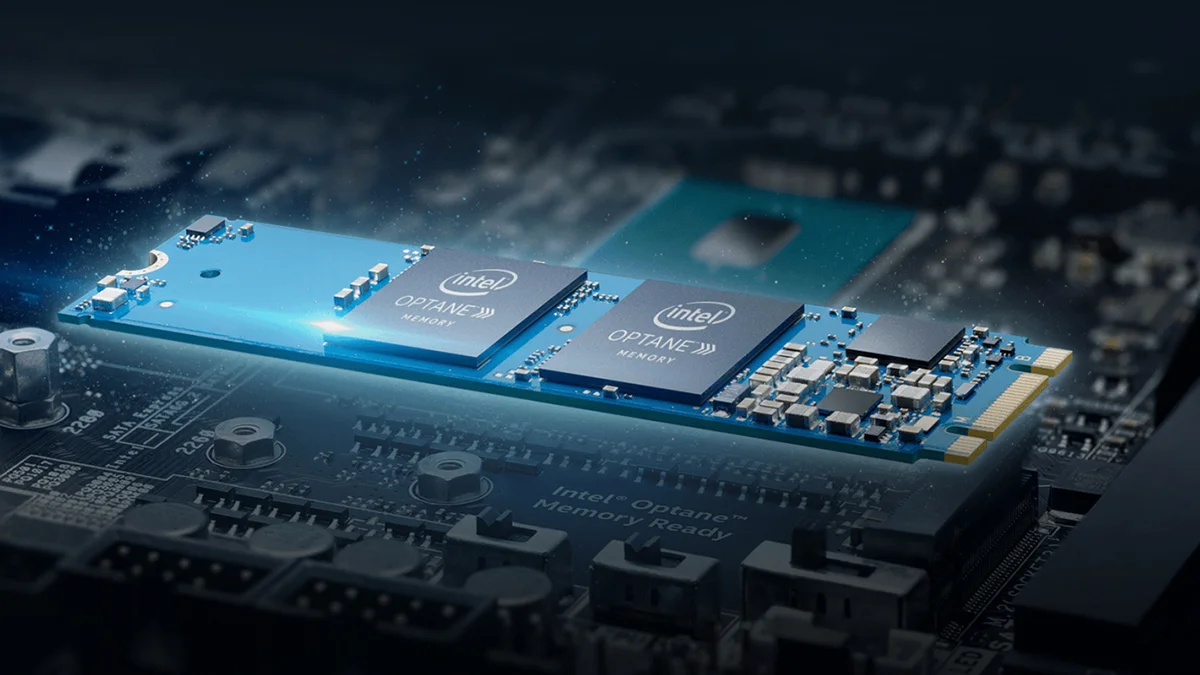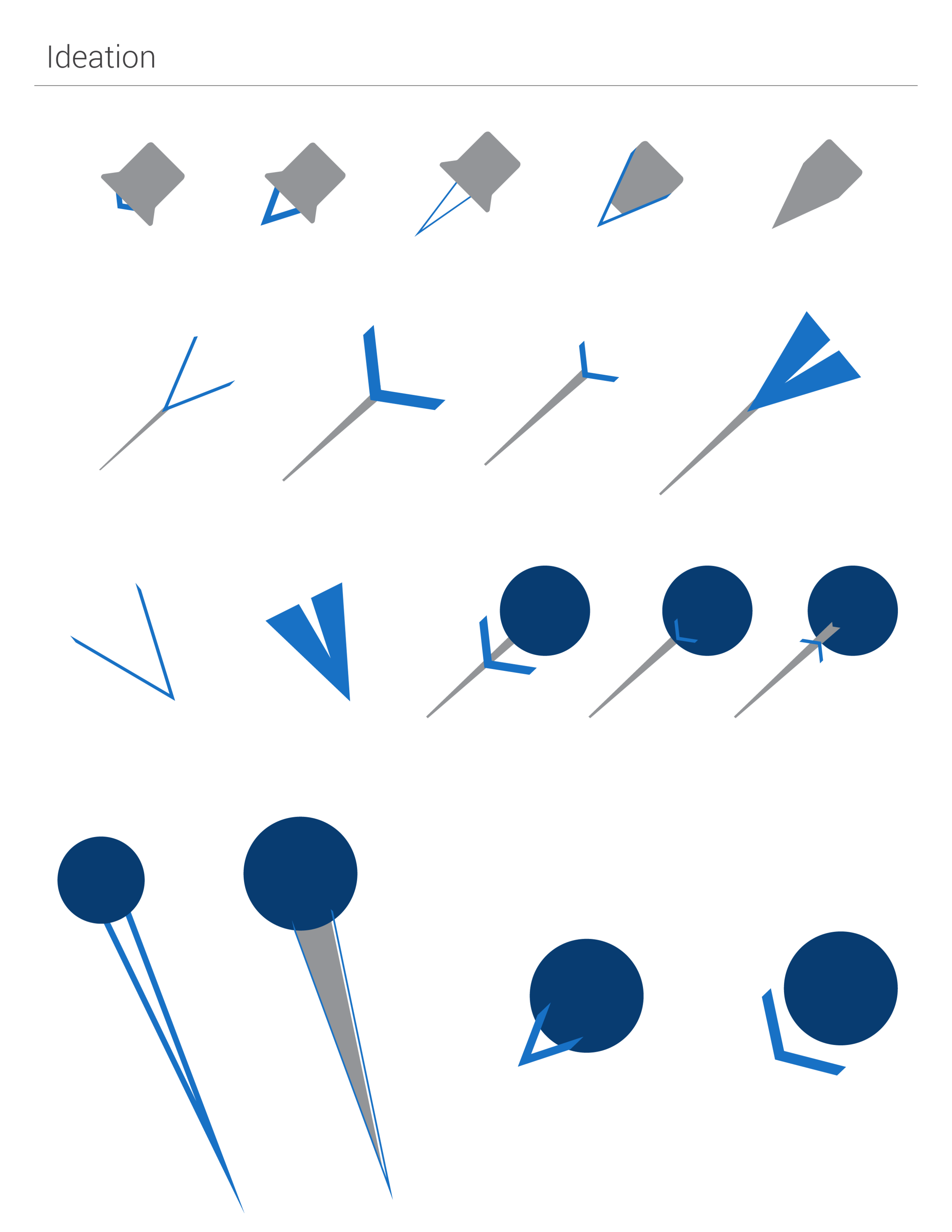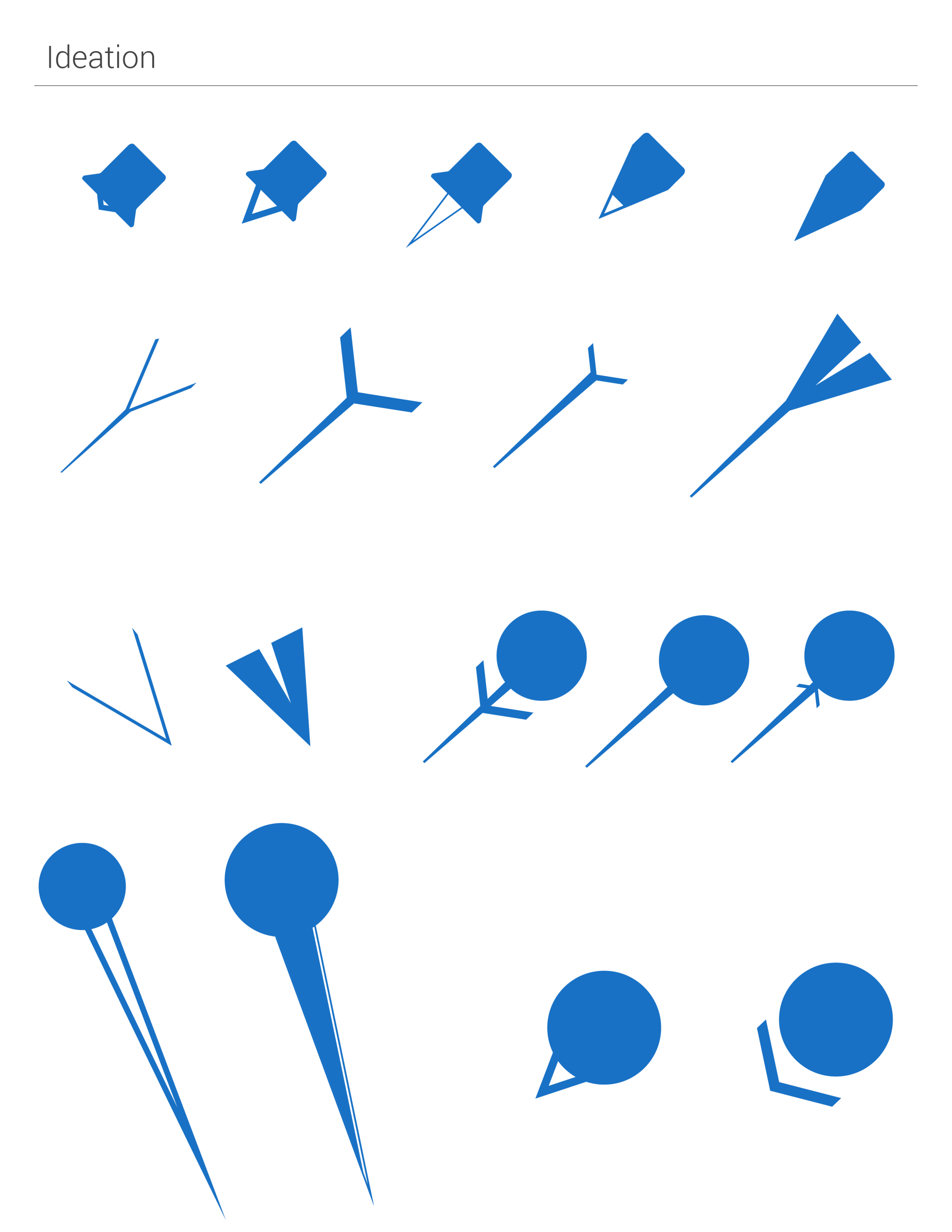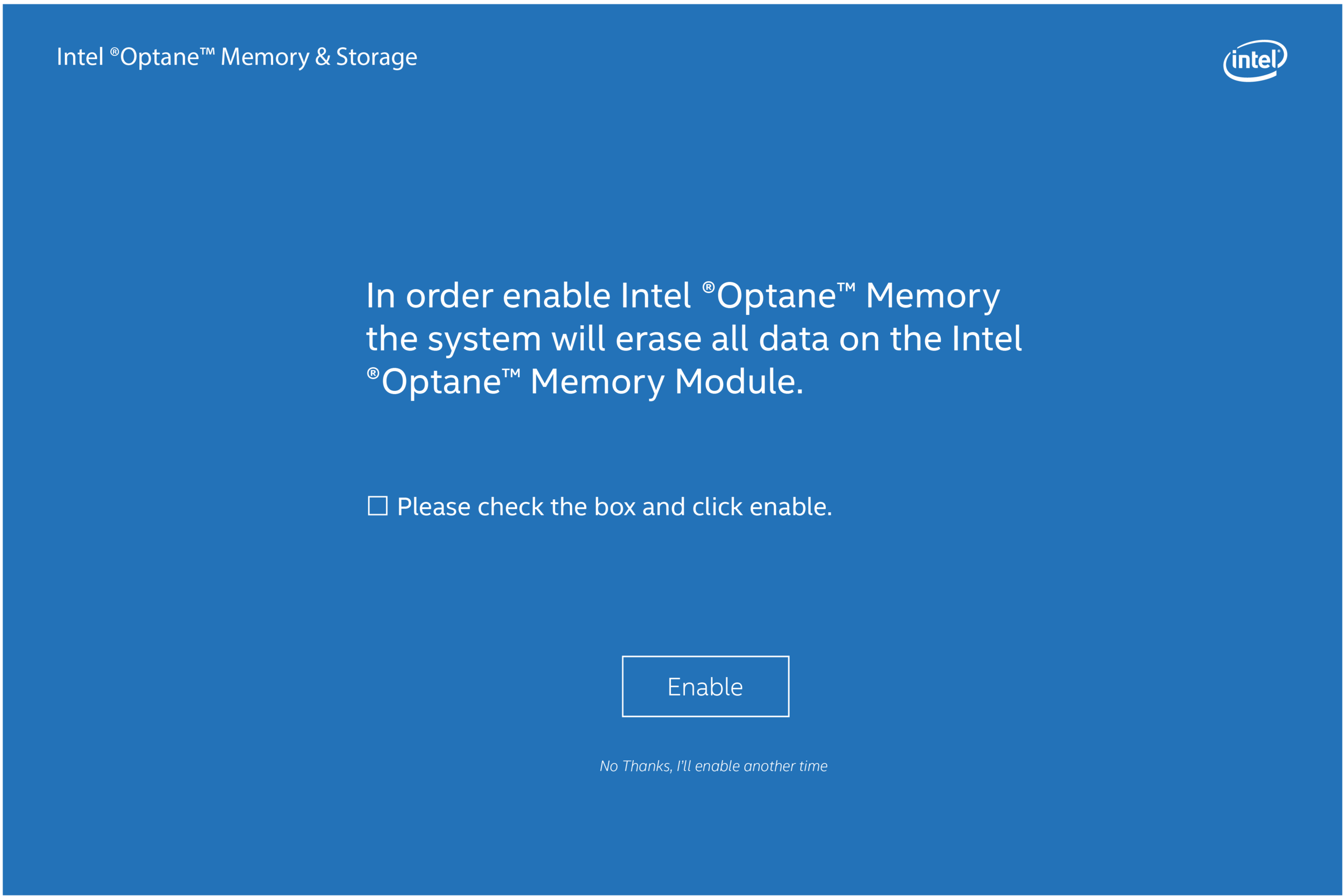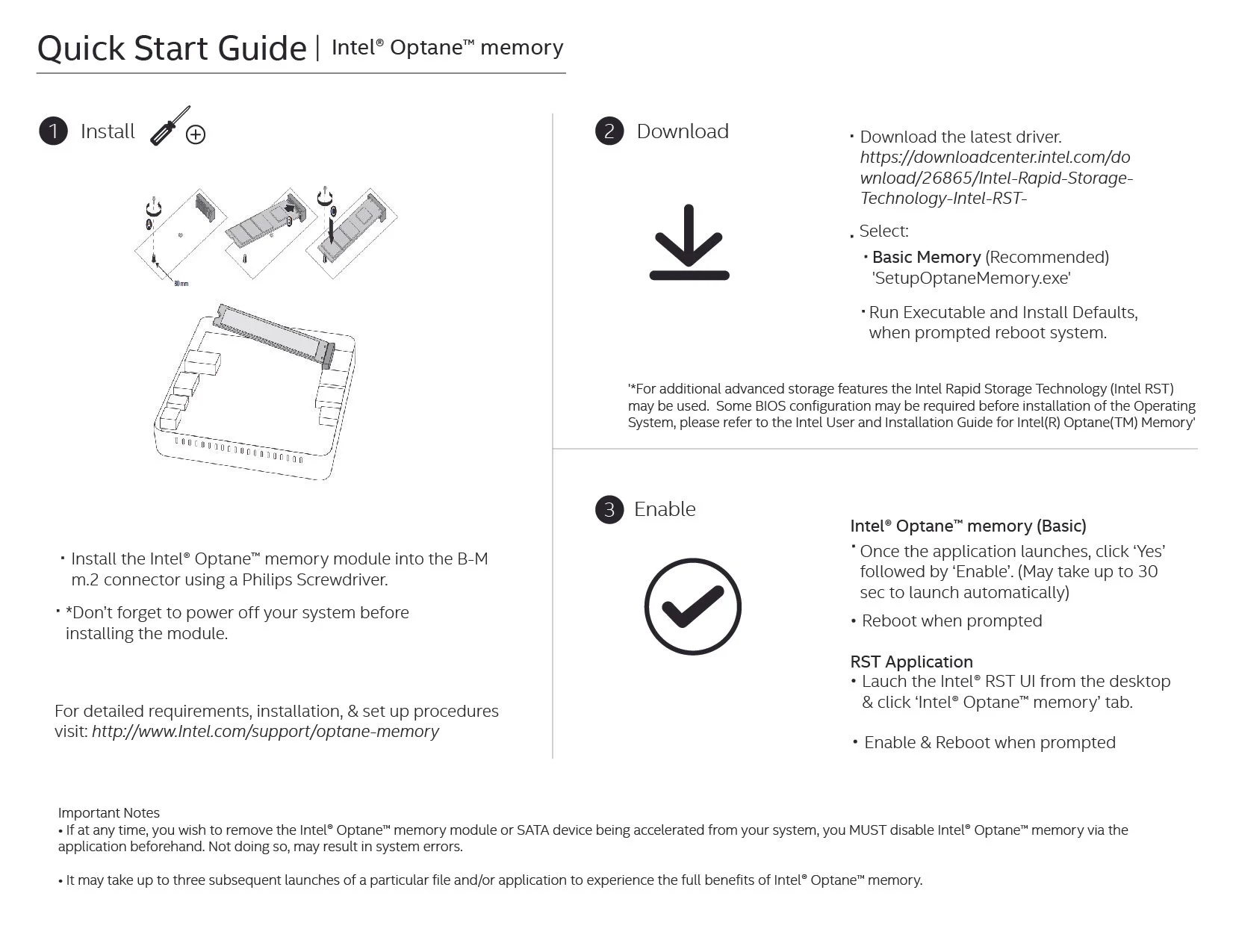Intel Optane Memory
Role: UX & Visual Design Lead
Provide UX feedback to the UI designs
Design & Revise visual assets and flow
Simplify descriptions and languages on the UI
Designed a 52 page installation guide into 1 page- double sided quick start guide
Conduct & synthesize Internal usability testing
Work with an external research agencies for the next cycle of UI improvements with external participants
Currently working to launch Intel's first window's store product
What is Intel Optane Memory?
Intel Optane Memory links memory and storage into one virtual drive that is visible to the OS with an optimized system. This is an alternative low cost solution to SSDs. Using Caching, Optane allows for hard drives to perform like an SSD. This increases desktop and laptop performances:
Desktop load time is increased 3X
Desktop large file access increase up to 4x
Laptop load time is increased 4.7X
Laptop large file access increase up to 1.4x
Tray Icon Redesign
Pinning
One of Optane's feature is that it allows users to 'pin' applications, files, and folders to accelerate its performance. For this feature I had design an icon that is intuitive for the user and that falls into Intel's Design guidelines. I ideated on different variations of what an iconic pin looks like, I took the word literally to an abstract form incorporating the chevron symbols into the design.
UI Design- visual design & flow
I was able to reduce user interaction points for the first iteration of the product, the product has now expanded with new features. Provide guidance and direction of the installation flow, previously there wasn't any indication to the user where they are at in the flow or if the install and enablement was successful. As part of the design, I created a simplified design that communicates what stage the user is currently at and an explanation of what is happening.
A few examples of Final UI Screens (Desktop UI)
Splash screen
Process
Enablement
Dashboard
Quick Start Guide
